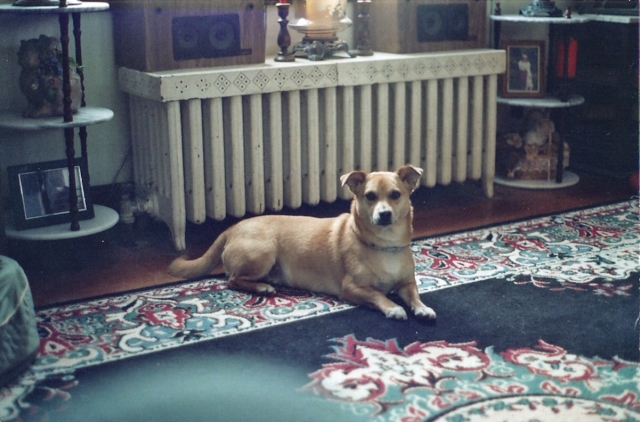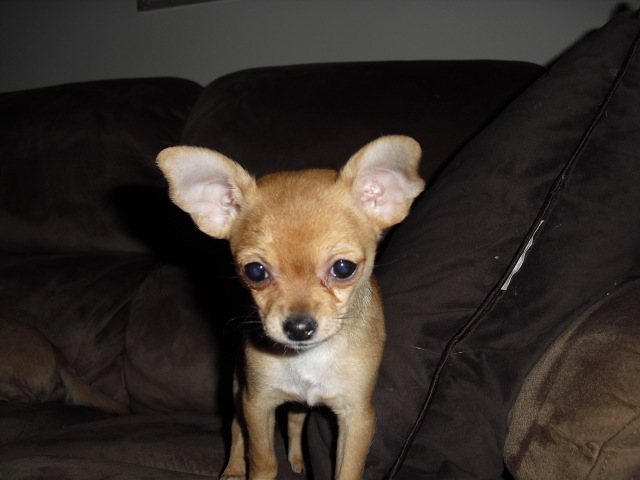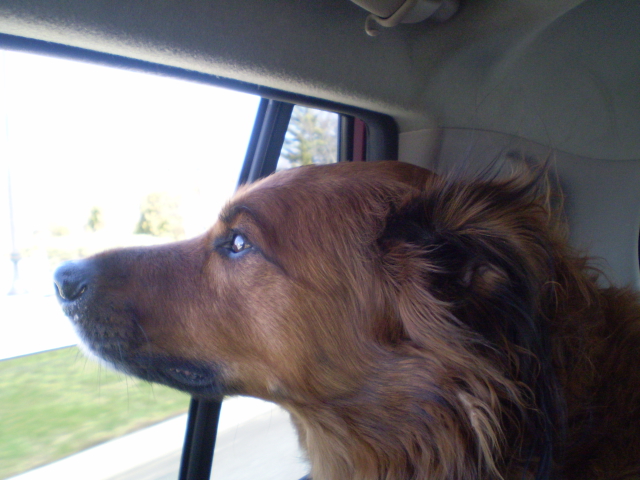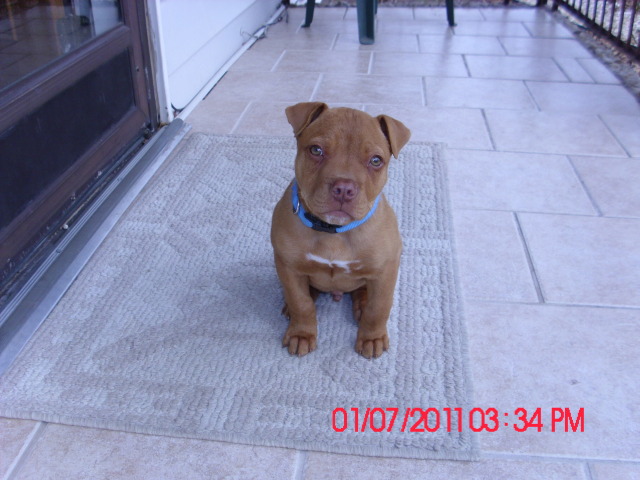QuestionI have a 6 month old min pin she broke her leg last week and she's now with a splint, she'll get surgery next week, but she's extremely hyper and the vet told us that after surgery she'll need to be calm for several weeks, how to keep her calm, should we put her in a crate even when she hates that??
AnswerHi Pilar,
The crate is what I'd suggest. If you can stay near the crate to keep her clam and quiet, that might get her used to being inside. You can do things to keep your dog busy while in the crate without letting be too active, like filling a Kong-style dog toy with peanut butter or soft cheese, and then freezing it. It will take her a while to lick it all out. If being in the crate just agitates your dog, maybe keeping her in a small room (such as a laundry room) with a child gate, is a better solution.
Sometimes, a mild sedative is needed to help keep an active dog clam and quiet.
Active dogs CAN learn to be composed when necessary. Working with your dog now, before she has the surgery would be a really good idea.
Teach (or reinforce) the "lay down" and "quiet" commands. You can keep the dog on a leash, and right at your side. You might even do the first few sessions sitting on the floor next to the dog. Work up to having your dog be still for about 30 minutes on command.
At the end of the 30 minutes, help the dog out of the "lay down" position, calmly, with no big praise or excitement. If your dog is physically comfortable in a sit position, on two other days of the week you can work the sit for 10 minutes. Omit the sit if it is not completely comfortable and safe for the dog.
Tether your dog to your waist with a 4-foot leash. Get her used to being together and moving together this way. Thirty minutes at a time usually works well. You may be able to use this when a dog is on restricted activity, if the veterinarian approves.
Spend time with your dog tethered near you, to furniture or a fixture that will not move even if the dog pulls hard on the leash. Use a leash no longer than 6 feet. Sometimes this method works well to rest a dog on restricted activity, allowing the dog to fully stretch out. The tethering can be an alternative to a crate, but only when you are supervising.
Now is also the time to get your dog used to the idea of resting calmly in her crate or other safe confined area.
Best of luck,
Patti

 Redish bump between dogs toes
QuestionHello I have a three year old Australian Shephe
Redish bump between dogs toes
QuestionHello I have a three year old Australian Shephe
 mixed breed dog
QuestionSweetie Monster
QUESTION: hi this may be
mixed breed dog
QuestionSweetie Monster
QUESTION: hi this may be
 puppy chihuahua biting owner
Question
Cassey
Hello. I have a 6 month old femal
puppy chihuahua biting owner
Question
Cassey
Hello. I have a 6 month old femal
 aggressive kids and dogs
QuestionI have a hyper aggressive 6 yr old who always p
aggressive kids and dogs
QuestionI have a hyper aggressive 6 yr old who always p
 puppy medical concerns
Question
Rusty
my 11 week old red nose pit bull at time
puppy medical concerns
Question
Rusty
my 11 week old red nose pit bull at time